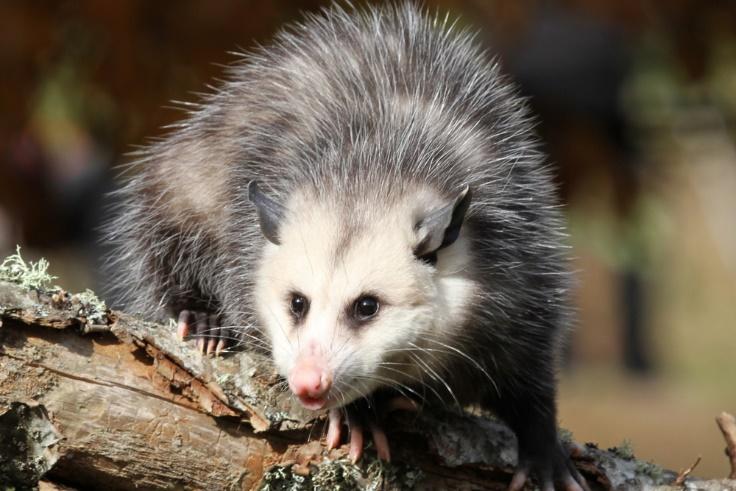Opossums, being among the most recognized marsupials globally, boast nearly 100 distinct species across the American continent alone.
Despite their resemblance to rats, which triggers aversion in some individuals, these amicable creatures don’t present the same risks associated with rodents.
Opossum is notable for its docile nature when interacting with humans. In fact, its calm demeanor has led some daring individuals to acquire it as an exotic pet, proudly showcasing their unique companions.
Despite good intentions, the care demands of opossums often exceed what owners anticipate. Releasing them into unfamiliar environments frequently leads to their demise, highlighting the importance of responsible pet ownership.
Playing Possum
When threatened, opossums employ a defense mechanism known as “playing possum,” where they mimic the appearance and scent of a sick or deceased animal.
This involuntary response involves:
- Baring teeth
- Foaming
- Saliva
- Emitting a foul-smelling fluid from anal glands
- Appearing limp
Despite the term “play,” it is a reflexive and unconscious reaction to danger.
Upon encountering an injured or seemingly deceased opossum, the best course of action is to place it in a calm area with an unobstructed exit.
Given time, the opossum will likely regain consciousness and depart quietly. Rushing to intervene may inadvertently harm the animal.
Opossum Habitat
Opossums thrive in deciduous woodlands near water sources but are highly adaptable, inhabiting diverse habitats. They rely on food, water, and shelter within their home range.
Unlike many animals, they don’t construct dens, often seeking refuge in:
- Abandoned burrows
- Hollow logs
- Brush piles
- Woodpiles
- Attics
- Other man-made structures
In this way, they showcase their resourcefulness and ability to adapt to various environments.
Opossum Diet
Opossums, opportunistic omnivores, consume diverse animal and plant matter. Primarily scavengers, they feed on carrion and plants but also relish insects and sporadically prey on small animals such as chicks and snakes.
Some of favorite foods of opossums include:
- Carrion
- Small vertebrates
- Small amphibians
- Insects
- Garbage
- Eggs
- Persimmons
- Fruits and berries
Opossum Behavior
- Activity:
Opossums are nocturnal creatures, primarily active at night. Though they don’t hibernate, their activity may decrease in winter. Solitary by nature, opossums typically live alone outside of the breeding season.
- Reproduction:
Opossums breed from January to October, yielding up to two litters of four to eight joeys each. Gestation lasts about 13 days, with joeys immediately vying for one of 13 nipples inside the mother’s pouch upon birth.
They stay in the pouch for around 50 days, then start venturing out, eventually spending time on the mother’s back. After about 100 days, young opossums separate to establish their own territories.
- Defense:
When faced with a threat, an opossum may first hiss and bare its teeth in an attempt to intimidate the predator.
If the threat persists, the opossum will enact its “playing possum” defense, appearing limp, curled up, and with its mouth open as if dead.
This behavior often deters predators, as they lose interest in what appears to be lifeless prey, allowing the opossum to escape unharmed.
- Skills:
Opossums excel in climbing due to their opposable rear thumbs and prehensile tails, which aid in gripping branches. Additionally, they are proficient swimmers, although they typically favor terrestrial movement over aquatic travel.


